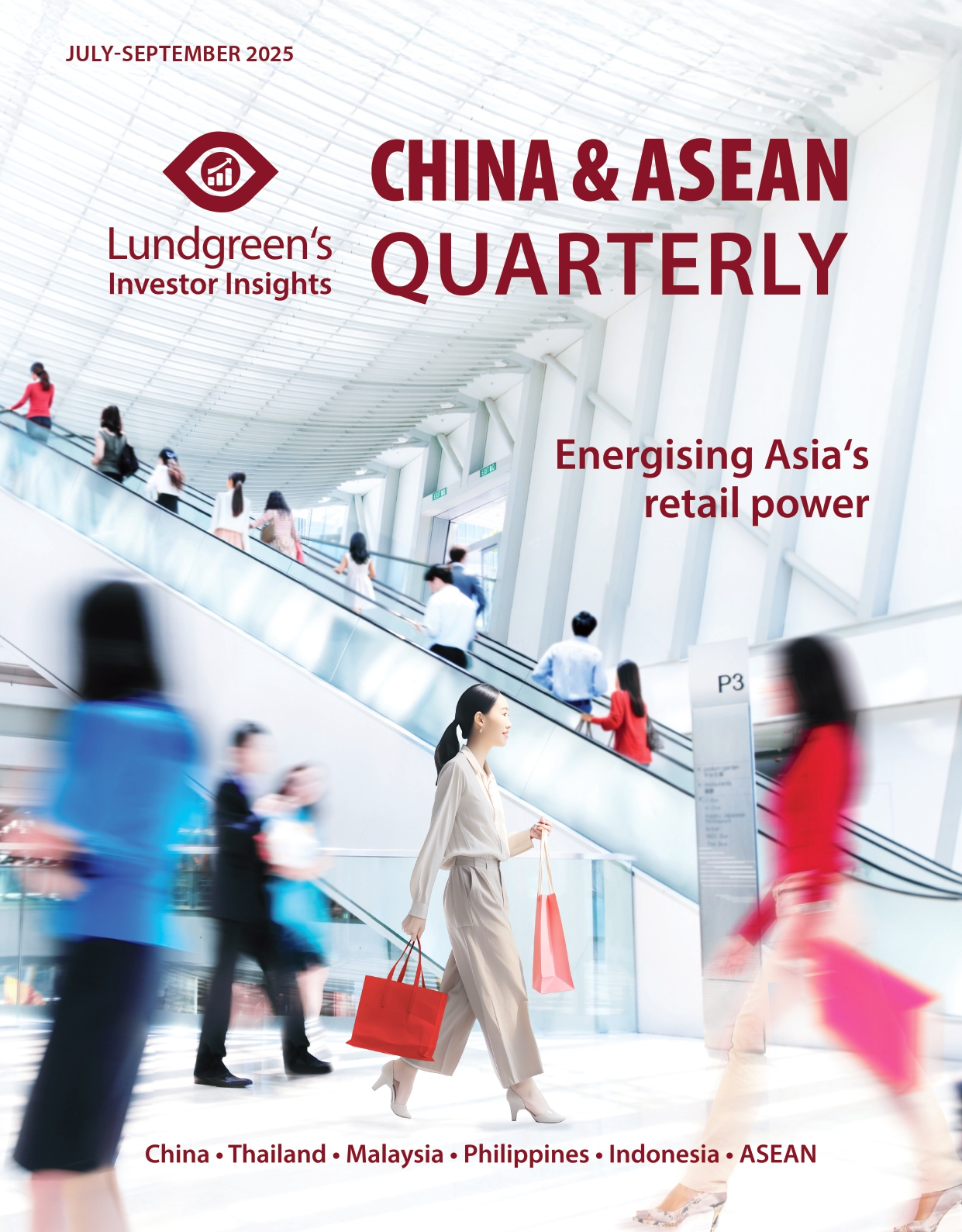Weathering Thailand’s economic slump with retail
Thailand’s plan to stimulate the economy through consumer spending came to a halt with higher US tariffs. How will the retail sector find its way forward?
The Thai government implemented the first phase of its digital cash handout to boost consumer spending, amounting to THB 140 billion (USD 4.38 billion) in 2024. A second phase followed this January 2025 wherein the government handed out THB 10,000 (USD 310) in cash to about 4 million citizens aged 60 and above.
So far, the government has shelled out a total of THB 185 billion (USD 5.7 billion) to encourage domestic consumption and boost economic growth. However, due to the uncertainty dealt by the US’ protectionist trade policy, the Thai government has decided to postpone the third phase of benefit payouts to prioritise mitigating the potential impact of higher tariffs on the domestic economy – as of this writing, the imposed tariff on Thailand has been reduced from 36 per cent to 19 per cent. Realistically speaking, we see that the stimulus money distributed would go to pay off consumer debt instead of its intended purpose of spurring additional household spending. In this case, the question becomes whether the local retail industry can survive the worsening economic slump.
Consumer confidence
Consumer confidence has become bearish over the past six months due to several factors such as the US tariff announcements and the instability of the government, the latter made worse due to the dismissal of Prime Minister Paetongtarn Shinawatra. The consumer confidence index has been on a steady decline since March to settle at 50.1 in September, the lowest since January 2023. In terms of business confidence, Thailand’s Business Sentiment Index recently plummeted to 45.8 in July before rising to 47.5 in August, although remaining well below the stable level of 50 and suggesting that optimism has deteriorated. This is a flashing sign for the Thai government to support the retail sector.
While consumer expenses fluctuate quarterly, Graph 1 illustrates the trend that spending dips every second quarter beginning in 2021. Household expenditure is still booming despite economic uncertainties, although spending has seen a marginal decline in April-June 2025 when viewed on a seasonally adjusted basis. Based on a report from the Trade Policy and Strategy Office, the average Thai household spent in May 2025 amounted to THB 21,037 (USD 648.11), with 39.6 per cent allotted to food and non-alcoholic beverages.

The steady decline of Thai household debt for the fifth consecutive quarter provides a spark of hope. Total household debt in the first quarter went down from THB 16.42 trillion (USD 510 billion) to THB 16.34 trillion (USD 503.4 billion), equivalent to 87.4 per cent of GDP, which may suggest that Thais may have more to spend.
Future of retail
Although household consumption has been experiencing a contraction, we are optimistic that the sector can bounce back. In 2024, the retail sector expanded by 6.02 per cent, reaching a total value of THB 4.51 trillion (USD 140 billion).
Graph 2 shows retail sales peaking in April with a score of 195.56, a leap from the previous year’s 160 points and proof of Thailand’s growing retail industry. We expect this sector to expand more this year as the country looks to diversify towards Middle Eastern and European markets. However, weak exports and geopolitical tensions have been dampeners. A recovery may be supported by the impact of fresh interest rate cuts from the central bank.

On the other hand, private consumption has been trailing retail sales since February 2025. Private consumption declined in June, although some recovery was seen in July-August based on data from the Bank of Thailand. Tourism, albeit slowing, may provide a spark plug to consumption. International arrivals reached 22.4 million from January to early September, generating THB 1.04 trillion (USD 32.1 billion) in revenue.
New segments rising
Traditionally, retail relied on physical stores, but when the pandemic hit, consumer behaviour shifted to online shopping. Last year, the market value for e-commerce shot up to THB 1.1 trillion (USD 34 billion) and is expected to increase to THB 1.6 trillion (USD 49 billion) by 2027. Apart from e-commerce, one would also see that this shift has affected the logistics industry. Hence, there is a clear need for Thailand to expand its logistics sector to support the rapidly growing market demand as people buy goods from home.
So far, the logistics industry has a market value of THB 80 to 100 billion annually (USD 2.46 to 3.08 billion). It is easy to see how upbeat the growth in this space could get, considering that the average number of package deliveries per day is between 10 to 12 million parcels. Furthermore, August 2024 saw foreign investment towards logistics reaching THB 39.28 billion (USD 1.21 billion), reinforcing Thailand’s push to become a leading logistics hub in the ASEAN region.
The logistics industry is not the only area that is reaping the positive benefits of bustling retail sales. This is also a chance for the luxury retail segment to gain momentum. Luxury stores in the past year enjoyed a 124 per cent growth in Thailand and the broader region. Currently, the market value for luxury retail amounts to THB 147 billion (USD 4.53 billion), benefiting greatly from Thailand’s appeal as a tourist destination. Bloomberg reports that high-end spenders who have moved away from China – which has been reeling from “luxury shame” as locals avoid flashy purchases amid tough times – are increasingly eyeing Thailand as their new shopping hub. If Thailand plays its cards right, it can capitalise on this shift in the global luxury market for its own gain, and in the process boost domestic incomes without the need for further cash dole-outs.






